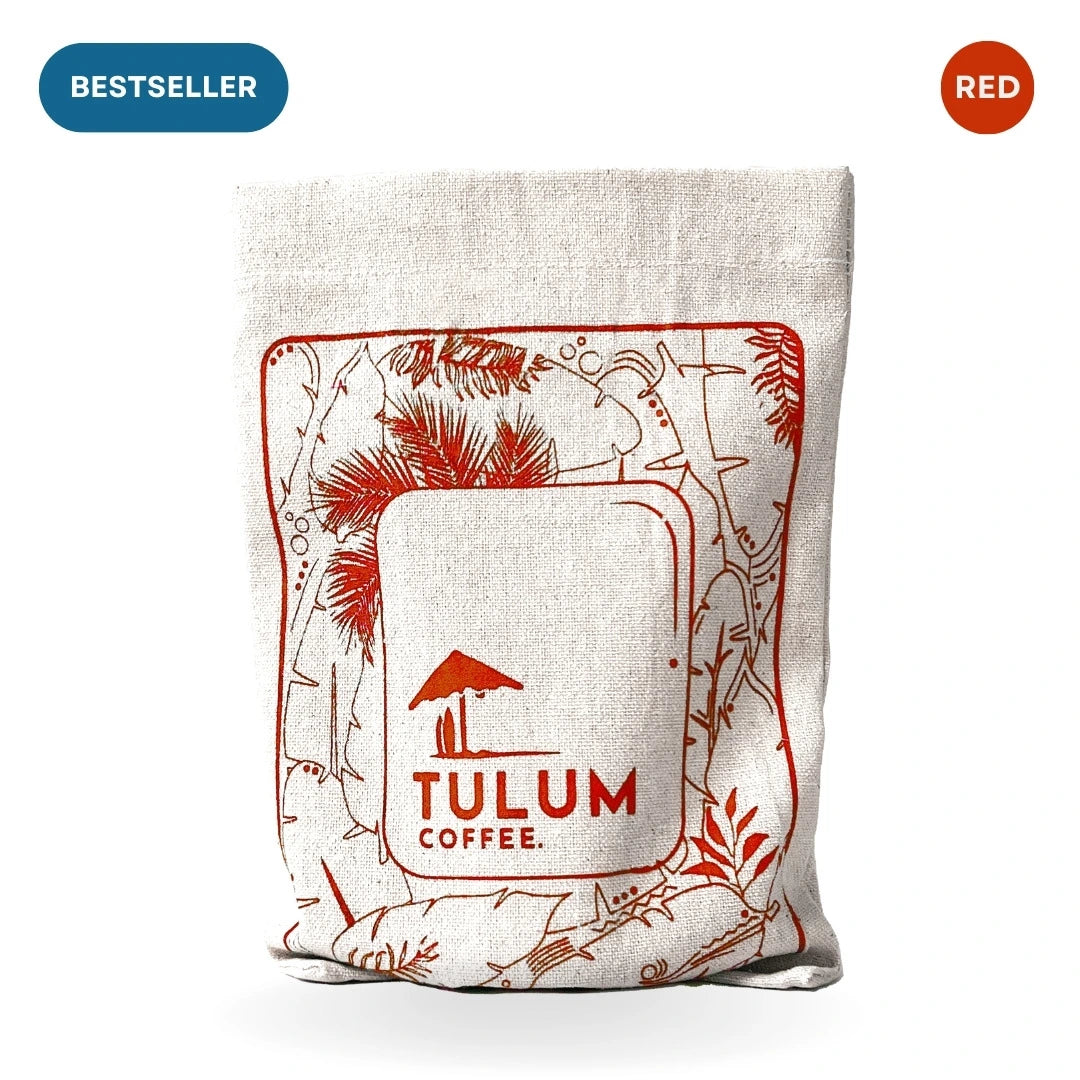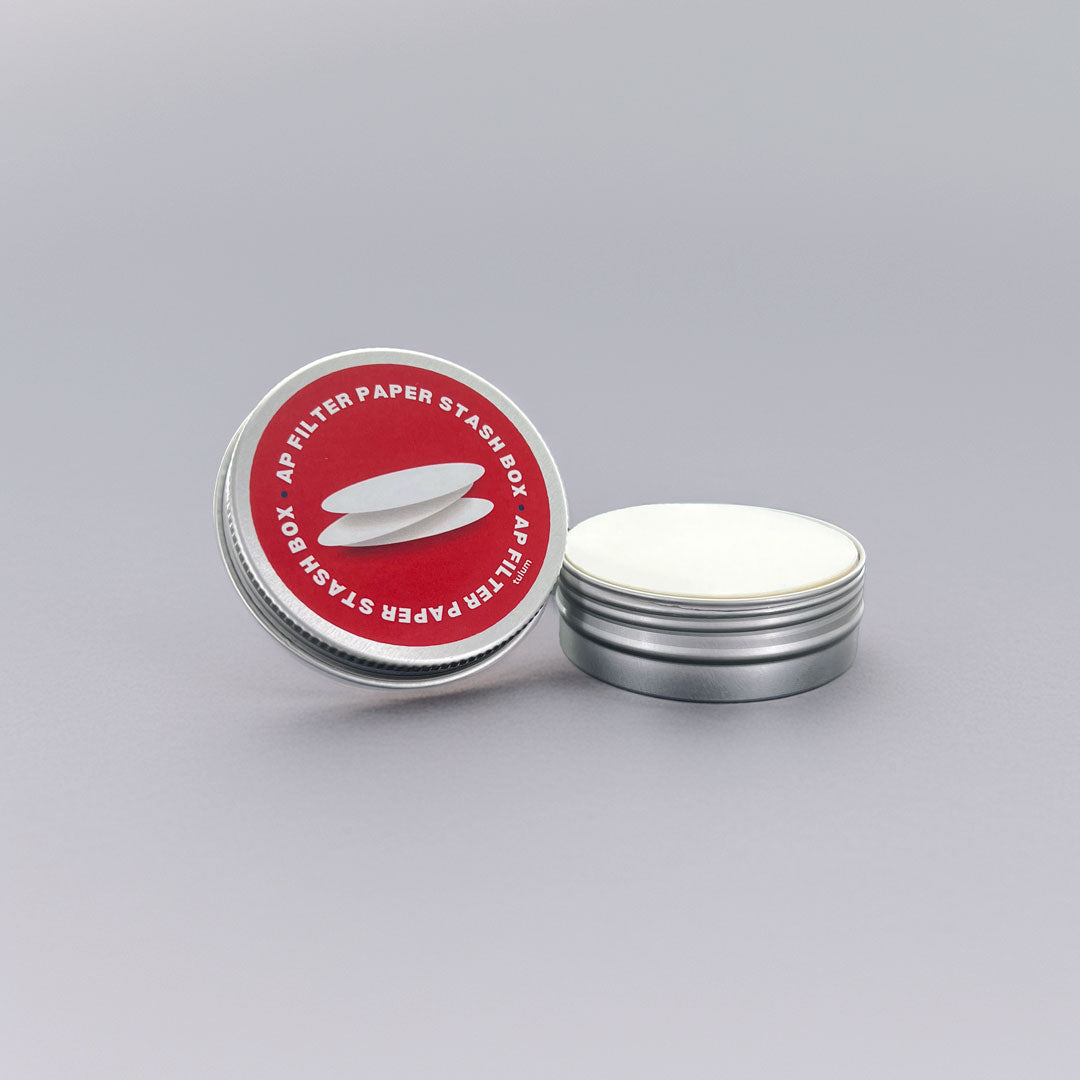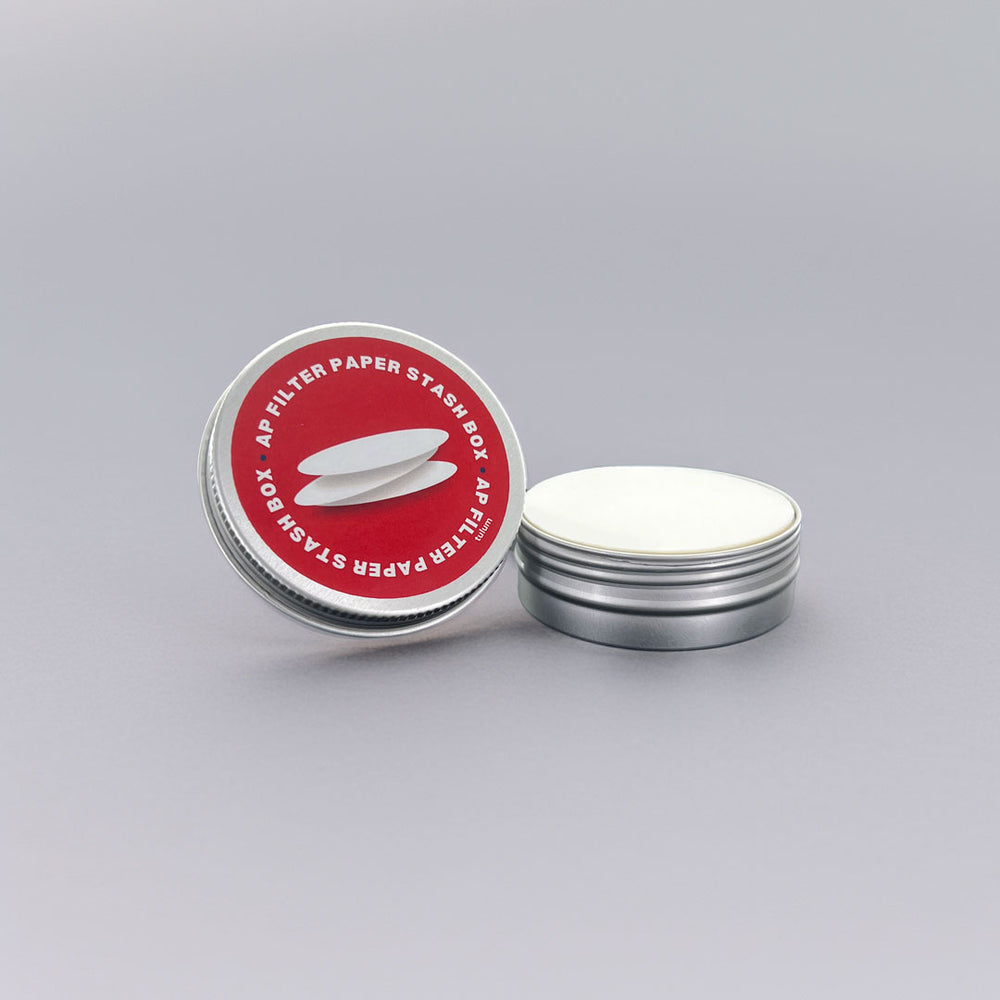Coffee Dictionary
A
Acidity- It describes the coffee as ‘Bright’ or ‘Sour’. The flavour of acidity can also elevate the sweetness in your mouth. Without this flavour, the coffee can be described as flat.
Aeropress- This is a piece of manual brewing equipment which was invented by Alan Adler. Learn how to brew with an Aeropress
Agitate- is stirring. This allows the water and the coffee to mix better thus increasing extraction. You can agitate with a spoon or just swirl the brewing equipment.
Arabica- is a type of coffee species like robusta. It is the most widely grown coffee in the world. These coffees are of high quality, with better flavour notes, and sell at a higher price in the market.
B
Barista- is an Italian word that means - ‘bar person’. A Barista is the one who brews coffee, makes the espresso, steams the milk and also makes the latte art.
Bean to cup- These are fully automated machine where one puts whole roasted beans in a chamber and fills a tank with water and milk. The machine does the rest. It grinds the coffee, makes the espresso shot, steams the milk, and serves the drink, all with the push of a button.
Bloom- When water hits the coffee grounds in any brewing equipment, it quickly releases carbon dioxide, which forms a foamy crust on the top, this is called ‘blooming’. During the blooming stage you normally let the coffee and water sit for a few seconds so that with the release of co2, all the negative flavours get expelled as well.
Body- This term is used for coffee tasting, or coffee ‘cupping’. It talks about the mouth feel. “how does the coffee feel on your tongue? Light, or Heavy?” A light body is watery and has less texture on the tongue, where as a heavy body or full body can have and leave a texture on the tongue.
Brew Ratio- This talks about the ratio of coffee to water. A ratio of 1: 10 which is ideal for cold brew, means- 10 gms of coffee for 100gms of water.
Did you know?- 1 gram of water is the same as 1ml of water.
C
Caffeine - Caffeine is a drug found in coffee. This is the drug that keeps you awake, and alert. Robusta tend to have more caffeine than Arabica species.
Did you know?- Caffeine in the plant acts as an insecticide as a natural defence mechanism.
Cascara- means “husk”from spanish. It is the dried cherry from which the coffee bean is removed. This is a byproduct of coffee, but is normally just thrown away as waste. But there are a few people who use this to create different soft drinks, and teas.
Channeling- This term is generally used for espresso. It is the way in which the water passes through the bed of coffee. Does it evenly pass though the ground coffee and produce a clean flavour, or does it “channel” through a few parts ? This can be very problematic as the final flavour will not be fine. The issue can be in the coffee distribution, tamping, or inconsistent grind.
Chemex- it is a beautiful piece of manual brewing equipment invented in the 1940s, made of glass with a wooden piece in the middle. It requires a large paper filter, and produces multiple cups of coffee. .
Cold Brew- is a type of drink where the coffee gets brewed with cold water. As hot water is needed for the extraction, we have to dramatically increase the brewing time to about 14- 18 hours. Cold brew has less acidity and tends to be sweeter naturally, making it much smoother. To make great cold brew one must select the right kind of coffee or else the brew would be characterless.
Crema- it is the layer of foam you see on top of an espresso shot. It is a by-product of brewing under pressure. The amount of cream on top indicates the freshness of the coffee.
Cupping- Is a technique of tasting and evaluating the coffee beans. A ‘cupper’ does this to decide whether the coffee is good to purchase, or whether that roast profile is good, or if the coffee beans are of speciality grade or commercial.
D
Decaf- Decaf coffee beans, are beans where the caffeine has been extracted using different kinds of methods. Decaf coffee tastes very bad, and is drunk by a few people, such as pregnant women, people allergic to caffeine or just people who are having a late night cup of coffee.
Dose- this term basically talks about the amount of ground coffee is used to brew a cup of coffee.
Dry Aroma- This is the aroma that coffee gives just after being ground and before any water has been added. This term is generally used in cupping, and is an evaluating criteria.
Dialing-in - it is a method to find the right grind size for pulling a great espresso shot. In coffee micro adjustments in the grind size can make a big difference in the final cup, so dialing-in is done where the barista makes fine adjustments to the grinds, so that the espresso shot is perfect.
E
Espresso- It is a concentrated shot of coffee brewed under high pressure. This creates a layer of foam on the top called ‘crema’. A normal shot of espresso Is about 30ml. Multiple beverages such as: Americano, Cappuccino, Latte can be made using espresso shots.
Extraction- talks about how much of the coffee is been taken by the water. A well extracted coffee has a rate of about 20% and has a balance of different flavours. Normally roasted coffee can have a maximum extraction rate of 28%. To check the extraction rate one can use a refractometer.
F
Flat White- is a type of drink made with espresso, and steamed milk.
Flavour notes- when someone ‘cups’ or tastes the coffee they can distinguish some flavour notes, of the coffee being, fruity, berry, chocolaty, etc. This does not mean that these flavours have been added to the coffee but that the coffee gives little hints of these flavours in them. Although these flavours can be a bit subjective, and not everyone can distinguish them.
French Press- Is a type of brewing equipment where there is a plunger with a filter mesh that does not let the ground coffee pass through while you pour the drink. It is a full immersion method of brewing coffee. Learn how to make cofee with a french press.
Full Immersion- there are two types of brewing equipments ‘ full immersion’ where the coffee and water sit together, and infuse or ‘steep’ for a while before you serve the coffee for eg, French press, or Aeropress, and ‘pour over’ where the water passes through the coffee while you are pouring it for eg Chemex, or a v60.
G
Grinding- Grinding is the last step before you brew a cup of coffee. A grinder basically crushes the whole beans into smaller particles of coffee allowing for better extraction. A grinder can be a manual hand grinder or an automated one. Both of these have burrs in them.
It is highly important to understand what grind sizes are needed for what brewing equipment. Grind sizes can be ‘fine’ for espresso or ‘coarse’ for a French Press
H
Honey Process- After the coffee cherries have been picked, the coffee needs to be processed. In this method not all of the dried cherry, or ‘Mucilage’ gets removed, some of it is left on the coffee bean which gives the coffee some sweetness. Learn more about the 10 steps of how coffee turns from seed into your coffee mug
I
Ibrik Coffee- This is also called Turkish coffee. It is a brewing method of coffee which uses the finest grind size of coffee.
K
Kopi Luwak- This is the most expensive kind of coffee there is. The way this coffee is processed is that a civet cat choses the most ripe cherries to eat and then secrets them, which is then collected by humans, washed and dried. Learn more about the 10 steps of how coffee turns from seed into your coffee mug
L
Latte Art- These are designs made by a barista, with steamed and frothy milk on top of your espresso drinks, such as a cappuccino or a latte. It is an art and takes a lot of practise.
M
Moka Pot- is a brewing equipment, which is also sometimes called a stovetop espresso. It was invented by Alfonso Bialetti in 1933 in Italy. Learn how to brew with a Moka Pot
O
Oxidation- is where oxygen steals electrons from the coffee. It is the number reason why roasted coffee can lose its freshness very quickly if not stored properly.
P
Peaberry- Is a type of coffee bean, like Arabica and Robusta. Every coffee cherry has two coffee seeds in them , but only about 5% of all the coffees in the world have one seed, and these are called peaberries. It is a natural mutation. Peaberries are likely to contain more defects than other coffee species thus need to be carefully picked. These are of low quality and are sold for much less. Learn more about the anatomy of a coffee cherry
Portafilter.- is the handle that holds the basket in which one puts the coffee in. It is a standard in every espresso machine made by any manufacturer.
R
Robusta- robusta is a species of coffee, like arabica. Unlike arabica it is of rather lower quality. It is full bodied, much bitter due to its pyrazine content and has a prominent earthy flavour to it
S
Silver skin- Inside the cherry there are two coffee seed which are blanketed in a transparent thin layer called the ‘Silver skin’. Get a deeper dive into the anatomy of a coffee bean
Spittoon- while cupping, one most not swallow the coffee but after evaluating the coffee they must spit it in a vessel. Any kind of vessel can be used, and this vessel is called a spittoon.
Steaming- it is a technique used by baristas to froth the milk. Every espresso machine comes with a steam wand, which exhales very hot, high pressured steam into a pitcher of chilled milk.
T
Tamping- Tamping is the compacting of the ground coffee in the portafilter before attaching it to the espresso machine using a tamper.
Third wave- This talk about the coffee culture. The “first” wave was the commercialisation of mass market coffee. The “second” wave was the start and growth of cafes, and coffee shops. And now the “third wave” talks about coffee as art and culture, specialty coffees, and culinary appreciation of coffee.
V
Variety- Varieties are subspecies of the two main coffees - Arabica and Robusta. There are many varietal coffees.
W
Washed Process- This is a processing method which is done after the picking of the cherries. Learn more about the 10 steps from a coffee seed into your cup
Y
Yield- The “Yield “ of the coffee talks about the final weight of the beverage produced, which includes - the water and the infused coffee.







